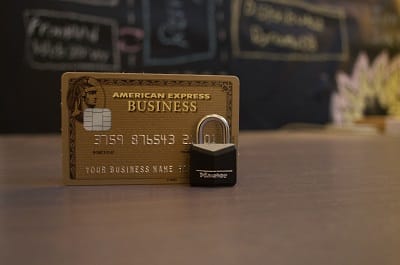Your personal information is everywhere. No one can guarantee you will never be a victim of identity theft, but you can reduce your risk. By managing your personal information wisely, being aware of threats and educating yourself, you can help guard against identity theft.
Here are nine simple steps you can take to reduce the risk of your information being stolen and misused.
- Guard your Social Security number. Do not carry your Social Security card with you; store it in a secure place. Avoid using your Social Security number. Release it only when necessary, such as on tax forms, employment records and banking. When a business asks to use your Social Security number, ask if another identifier is acceptable. Don’t have your number printed on your checks and don’t supply it to merchants that want to write it on your checks. Finally, check your Social Security Earnings and Benefits statement each year to ensure no one is using your number for employment.
- Protect your mail from theft. Mail outgoing bills from post office collection boxes rather than an unsecured mailbox. Don’t leave outgoing mail for your postal carrier to pick up. Pay attention to billing cycles and keep track of incoming mail, particularly tax forms, pay stubs, credit card bills and bank statements. If you don’t receive these statements on time, call to find out when the statements were mailed. Pick up new checks at the bank rather than having them sent to your home. Consider a locked mailbox to thwart mail thieves, and always have the post office hold your mail when you are away.
- Destroy documents before disposal. Tear, or better yet, shred your charge and ATM receipts, copies of credit applications, insurance forms, physician statements, checks and bank statements. Also, destroy expired credits cards and convenience checks or credit offers you get in the mail. If you don’t want mailed credit offers, contact the three major credit reporting agencies to “Opt Out” from pre-approved credit offers by calling (888) 5 OptOut (1-888-567-8688).
- Shop online with caution. Only use a credit card when shopping on the web, not a debit card. And, designate a single, distinct credit card with a low limit for online shopping. Use a secure browser that complies with industry security standards before you provide any credit information over the internet. To determine if a site is safe, look for the “lock” symbols in the status bar at the bottom of your browser window. Look for the words “Secure Sockets Layer” or the acronym “SSL” in the merchant’s privacy statement. Never send payment information via e-mail.
- Practice Safe Computing. Update your virus protection software regularly. Download and install security patches for your operating system or browser. Use a firewall, since high-speed Internet connections leave your computer connected to the Internet 24 hours a day. The firewall will help prevent persons from accessing your computer and accessing personal information. Before you dispose of a computer, use a “wipe” utility program to overwrite the entire hard drive and make files with personal information unrecoverable. Never store personal information on a laptop computer which is more easily stolen.
- Pick your PINs carefully. Do not use any part of your Social Security number for any Personal Identification Number (PIN). Also, don’t use anything a thief could easily deduce, such as birth dates, pet’s name, mother’s maiden name, address, telephone number or consecutive numbers. Memorize all your PINs, and do not write them down anywhere. Finally, shield the PIN pad when you are entering the number in a retail establishment or at an ATM to prevent others from seeing it.
- Secure important documents. Keep all documents with personal or account information under lock and key in your home. Don’t leave them unsecured and accessible to visitors. Always keep your purse or wallet in a safe place at work, preferably a locked drawer. Carry only the cards you need.
- Record your credit and bank account information. Make a list of, or photocopy, all of your credit and debit cards, including the account number, expiration date, credit limit and the telephone numbers of customer service and fraud departments. Safeguard these lists; if one of your cards is stolen, you can contact card issuers and banks faster with the right information. Make a similar list for your bank accounts. Do not carry these lists with you. Keep them in a secure location.
- Don’t take that call. Don’t give out personal information on the phone, through the mail or online unless you’ve initiated the contact. Identity thieves may pose as representatives of mortgage companies, banks, credit card companies, Internet Service Providers and even government agencies to get you to reveal your personal information. Request a call back telephone number for any telephone contacts requesting information from you. Never use the provided link in an email requesting information. Go directly to the company’s website.


0 Comments